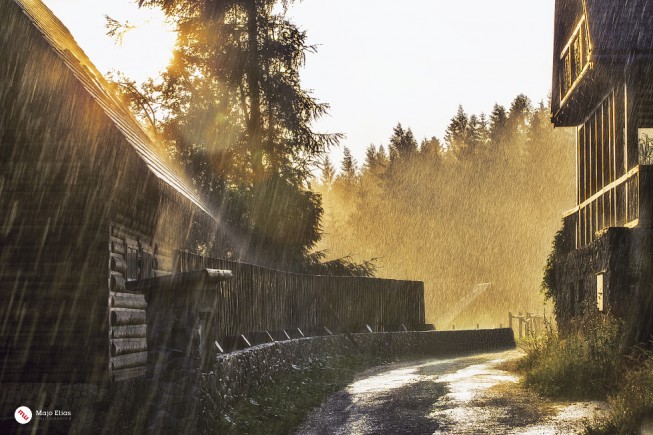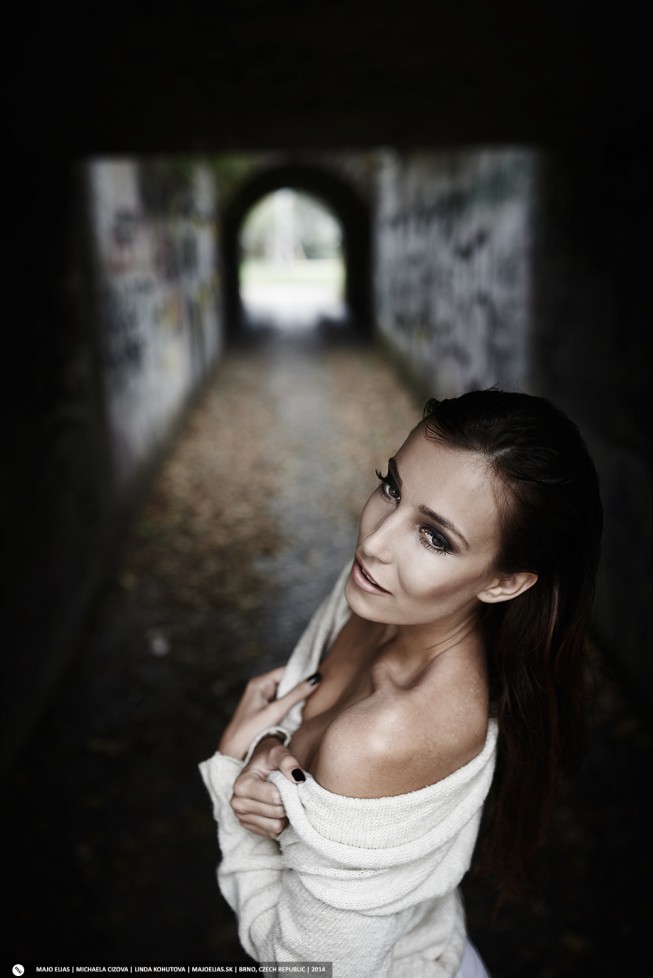Seeing the Light

Having an eye for photography is about more than just having an eye for great composition. It also means you know how to see light, and when to take your picture. If you’re lucky and catch a “fever” for photography, then the basics like light and composition will become so natural for you that you won’t even think about them—just do them.
Many photographers falsely believe that what’s most important is the place where they’ll be standing to shoot. That’s… false! The most important thing is light conditions. In today’s article, we’ll teach you how to look at light and to take advantage of it in photography.
True Everywhere, Truest for Landscapes
Our advice below is true for every photographic genre where you work with natural light—light that you can’t affect. But it is are truest for landscape photography, where you have to rely on natural light conditions, and them alone. If you can’t catch interesting conditions, then your photo will look like every photo ever taken by every ordinary tourist in the same spot. Meanwhile, good light and interesting weather uplift landscape photography into an entirely
different league.
How to Catch Your Landscape Light
Like it or not, light is often about luck—being in the right place at the right time. You can’t really rely on weather reports; at best you can only use them for orientation. Interesting light lasts only moments at a time, so always be aware and always have your camera ready.

And How About Portraits?
The same is true for them. Most photographers spend considerable time choosing the place where they’ll photograph their subjects. But ask yourself: are you photographing the place, or the person? While it’s clear that an interesting environment will hardly hurt your pictures, many beginning or even advanced photographers concentrate so much on finding the right shoot site that they forget about the the principles behind portrait lighting and photography. If you simply must obsess about location, then be on the lookout for locations with gradients from light to dark—be on the lookout for tunnels, etc. Compose the subject’s face so that the background behind the subject is darker overall (or has less light) than their face. A tunnel behind the subject will give you this “for free.” Position the subject half a meter to one meter into the tunnel, add a little supplementary light using a reflector, and delight in lighting that’s better than what you’d get from even the most expensive softbox.

Whenever you’re taking pictures, put light in first place. Pay attention to it and learn to perceive its intensity and color. Sound distracting? Don’t worry, it doesn’t have to be. Over time and with practice, you’ll work your way to a point where you’ll be doing these things subconsciously. They’ll just be a matter of course.